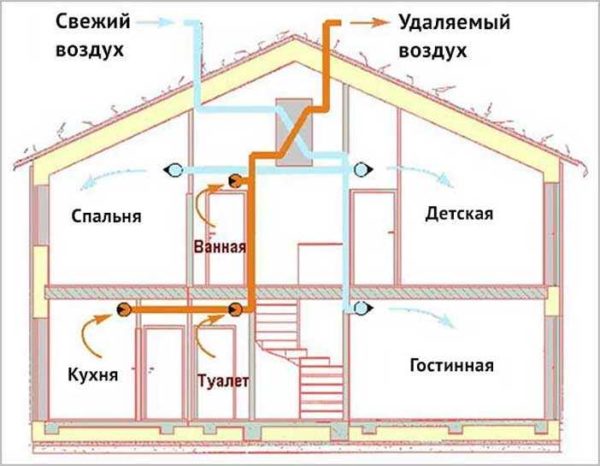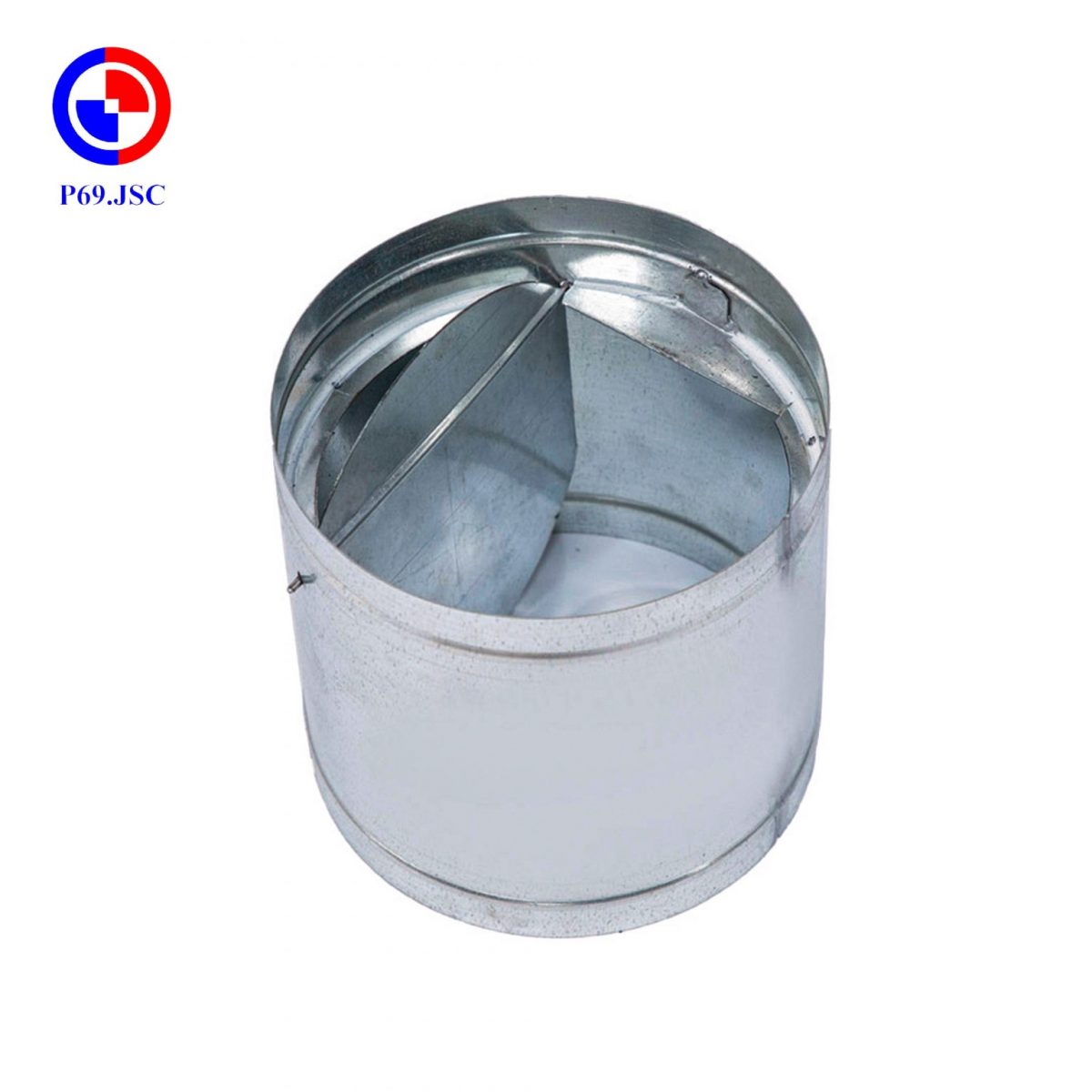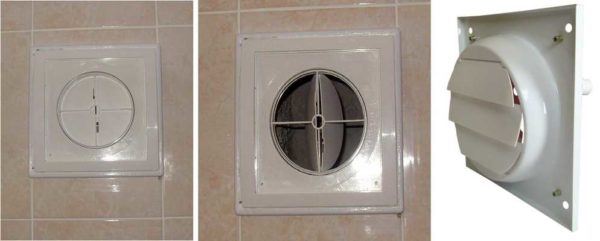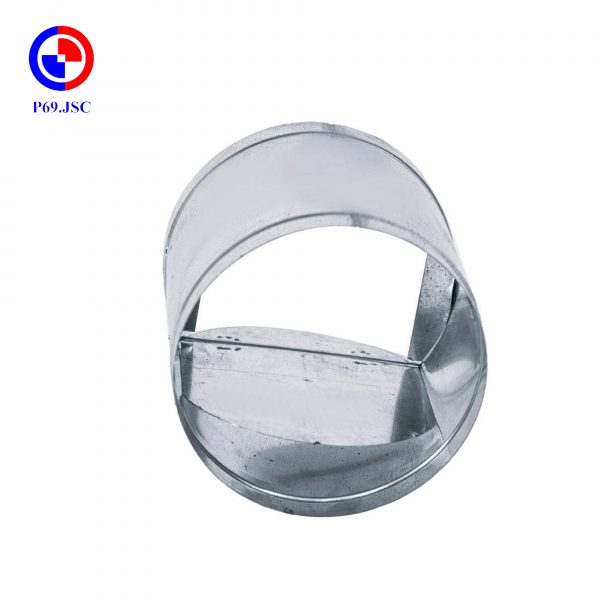The non-return damper is a device to protect the pipeline from stable operation. With the task of allowing air flow to pass in a certain direction and prevent the opposite direction. When installing the one-way air valve, it can be installed vertically or horizontally. But to ensure the valve operates stably, safely and effectively as desired, it must be installed correctly.
In the previous article, we introduced how to install the most popular flow control valve on the market. In today’s article, we will summarize in detail the instructions for installing the one-way air valve properly, please refer!
What is a non-return valve?
Air valve is a common air valve finished product. Helps control airflow to a fixed area in the ventilation system. To help the ventilation system can perform its function correctly and efficiently.
At the same time it is also a pipeline protection device. Allows liquid-gas flow to pass in only one direction. At the same time prevent flow in the opposite direction. Non-return valve is used to protect the equipment of hydraulic circuit.
For example, pipes, pumps, tanks, etc. In addition, one-way valves also prevent the loss of liquid – gas when there is a leak or damage to the pipeline.

The main parts of the valve include: sliding element – sliding (swing door – swing door), support base, power support element (spring, key, …).
About the installation principle: Sliding check valve is installed on the horizontal pipeline. Gate check valve can be installed on horizontal or vertical conduit.
Check valve has wide application in many hydraulic equipment. Belongs to the technical system of water, heat, steam, ventilation, fire fighting, air conditioning systems, etc.
Why install a one-way air valve?
During normal operation of the exhaust ventilation system, air moves from the room to the street. Air vents are located in “dirty or wet” rooms – bathrooms, kitchens. The job of this part of the ventilation system is to remove odors and excess moisture to the street. But sometimes a situation arises when the air passes through the ventilation system in the opposite direction – it enters the premises. This moment is called reverse thrust and they try to counteract this phenomenon.

The great uses of the 1-way air valve
The 1-way air valve is an outstanding design in the ventilation system, because of the outstanding uses it brings:
+ The air valve works automatically, without the intervention of passive control.
+ Self-closing 1-way air valve to limit unfortunate risks when there is no air flow. This process happens quickly, so the position of the air valve is even more important.
+ One-way valve device is mainly used to prevent the backflow of air in the duct system.

+ The cost of installing a 1-way round air valve is much cheaper than installing a hand-operated air valve, installing a louver with VCD valve, installing a louver with an OBD valve,…. Suitable for many different projects, meeting the needs of many customers.
+ Another great effect of the air valve is that it helps to adjust the air flow inside the ventilation system, helping the interior environment to be circulated and providing continuous ventilation.
Working principle of one-way air valve
The air valve works automatically, without any intervention related to the control device. When there is no air flow, the swing gate of the valve under the action of its own weight or spring force is kept tight. So the valve will automatically close to limit unfortunate risks.
When there is air flow to the valve. The swing gate under the action of flow energy is pushed out of the closed position and allows flow to pass through the valve. At the moment the wind velocity is zero. The swing gate returns to the closed position and prevents flow in the direction of the valve inlet. This process happens in a very quick and timely manner. Therefore, the position of the air valve in the ventilation system is even more important.

Installation instructions for one-way air valve
The non-return damper installation process is very important. Check out the step-by-step instruction for installing a standard non-return damper with all the procedures below
Step 1: Check the valve
First of all, it is necessary to check and measure whether the size of the one-way air valve is suitable for the size of the pipeline system to be installed. Is the valve material suitable for the use environment and the valve connection type compatible and convenient with the location to be installed? Is the ventilation speed consistent with the valve’s ability to open and close?
Step 2: Determine the valve installation location
Next, proceed to determine the installation position of the one-way air valve on the pipeline system by observing the direction of the arrow indicating the direction of the wind in the valve. If the arrow is horizontal, install the valve horizontally, and if the arrow is up, install the valve vertically. After determining the exact location and installation direction, use the tool to proceed.
Step 3: Clean the air valve and the installation position of the air valve
Observe the inside and outside of the pipe and valve parts and then clean it to make sure there is no garbage and dirt trapped inside. Because as long as there is dirt stuck, the valve disc will not be able to open and close, thereby affecting the operation of the system.
Step 4: Install the one-way air valve
Finally, proceed to install the one-way air valve in place.
Step 5: Check the valve again
Conduct a test run of the air valve to check that it is installed correctly. If the air valve works stably, only allowing the wind in a certain direction, without obstruction or stopping, then you have successfully installed it and can be put into operation. If you notice any other problems, you must quickly disconnect to check and handle.
Installation positions of one-way air valves
If the ventilation system is created without the use of fans and motorized hoods, it is called natural. For everything to work, valves are installed right at the outlet of the channels to close the reverse thrust. To maintain normal circulation, the valve should not be blocked with mesh. This option seems better, but the ventilation system is affected at the same time. Chances are, it simply won’t work with a small amount of traction.

If you still want to install the decorative ventilation direction in front of the valve. You will suffer from deterioration of the ventilation system. Only installing a valve with a larger diameter than calculated can help. In this case, the air exchange process will not be affected.
In the case of forced ventilation, the check valve can be located before or after the fan. This choice depends on the type of system and fan. Since fan models installed in private systems are rarely used. So usually the regulator is placed behind the fan in the pipeline. How far doesn’t matter. The main criterion for choosing an installation site is ease of maintenance. Because, the damper will have to be cleaned and checked periodically
Contact information P69 Investment Joint Stock Company
Address: No. 6/165C Xuan Thuy, Cau Giay District, Hanoi
Website: https://p69.com.vn/
Hotline : 02422121212 – 0965937799
Email: kd@cokhip69.com.vn
Facebook: https://www.facebook.com/p69nhathaucodien
LinkedIn: https://www.linkedin.com/in/congtyp69/
Youtube : https://www.youtube.com/channel/UCOUwCnE5iGj8iqe_ZIUM7oA

